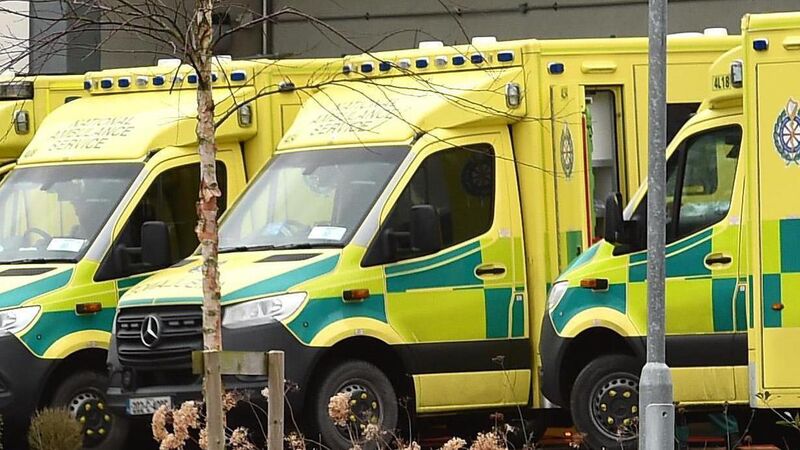HSE investigating 12 major patient safety incidents in EDs over the winter

Details of the 12 safety incidents were detailed at a meeting of the Emergency Department Taskforce. File Picture: Dan Linehan
The HSE is investigating 12 major patient safety incidents in hospital emergency departments over the course of this winter.
A major incident is when severe or long-lasting harm affects a patient, and includes death. It is believed one of these investigations is into the death of Aoife Johnston at University Hospital Limerick (UHL).











![Johnny_Stephens_Photography-02-425A6831-Edit[1].jpg Restaurant review: The Ivy Asia is an assault on all five senses — I hated it](/cms_media/module_img/9752/4876311_6_teasersmall_Johnny_Stephens_Photography-02-425A6831-Edit_5b1_5d.jpg)

